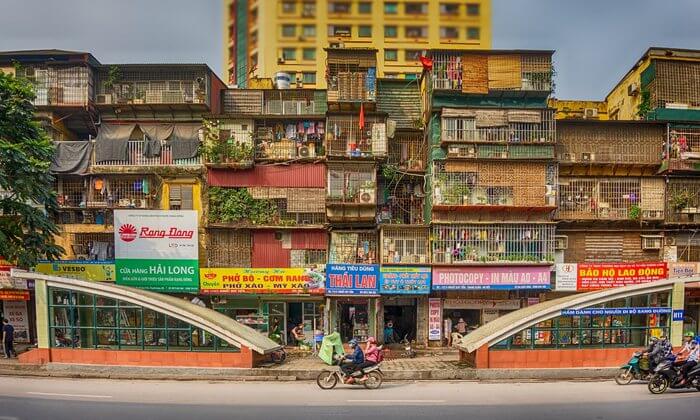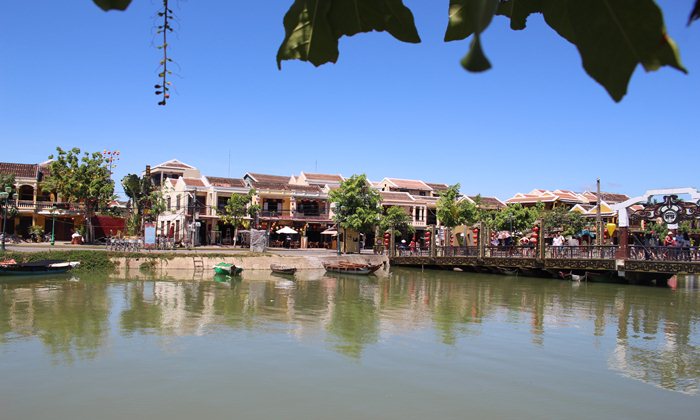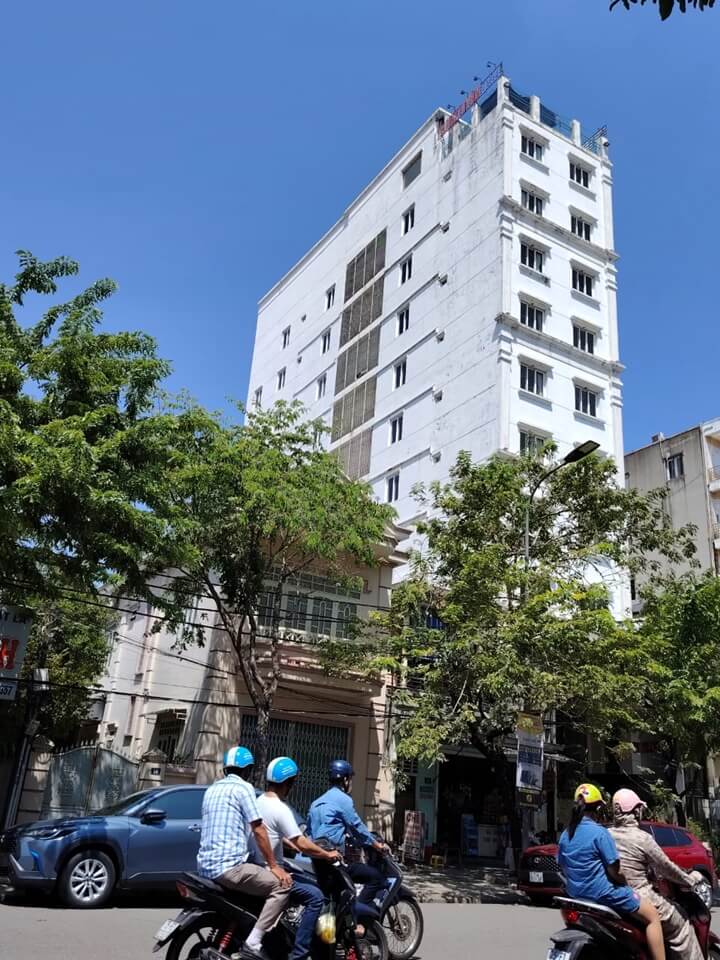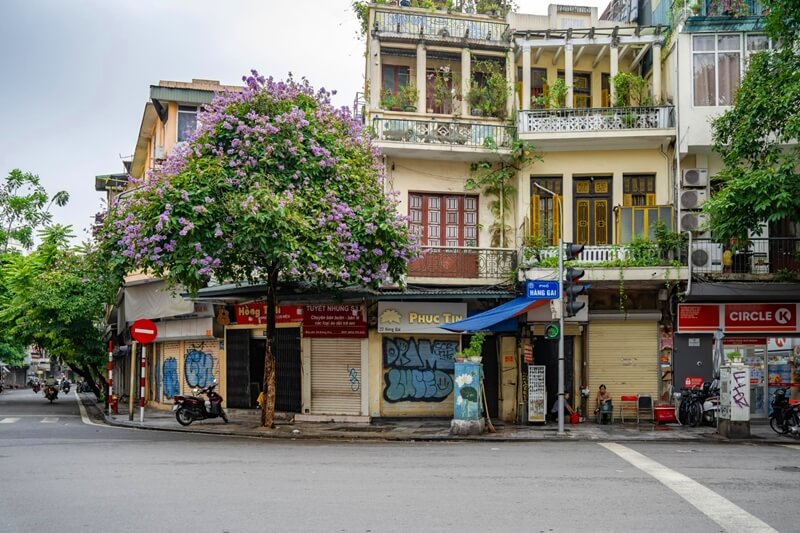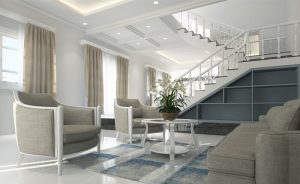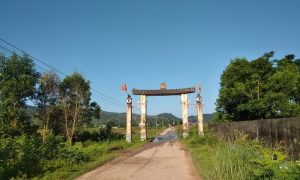Many visitors traveling to Vietnam are surprised by the fancy architecture of small, narrow, long, and tall houses in big cities like Saigon or Hanoi.
These thin buildings are also known as tube houses – nhà ống in Vietnamese, or with a beautiful name that is modern box houses – nhà hộp.
Why are there many tube houses in Vietnam? Please check the reason as the following:
Forming the tube houses in Vietnam from historical factors
Many opinions suggest that the tube houses came from the tax policy of the feudal regime.
The feudal state charged a fee based on the width of the street house facade to collect taxes. One way to reduce the cost of taxes was to divide lands into small chunks that were long and had slim front faces to build.
The consequence of the construction was tube houses in Hoi An Old Town and Hanoi Old Quarter. Although many old buildings were replaced with modern structured architecture works in Hanoi, Hoi An Ancient Town still keeps this style of old architecture relatively intact.
Architecturally, these old houses usually have two floors, and the primary material is generally made of wood, roofing yin-yang tiles, supporting them with concrete walls.
Besides, most houses were built adjacent to each other to help them cope with the harsh winds and storms blowing from the East Sea. Since then, tube houses have formed, existed, and developed in the neighborhoods.
Tube houses existing by the influence of expensive real estate
Nowadays, in addition to the Old Quarter of Hanoi and Hoi An, we see new tube houses constructed in some big cities, typically in Ho Chi Minh and the latest areas of Hanoi.
Boxed houses are everywhere as you walk around a city, from small alleys to busy streets. They become the exciting background of many tourist photos when visiting Vietnam.
Life is expensive in the main cities, especially in the capital. Landing and housing prices in Vietnam are really high (a research survey showed that house prices are 25 times higher than people’s income).
At the same time, almost everyone wants a house facing the street to facilitate travel and business. Thus, land and house prices have kept going up; typically, the price increases in proportion to the width of the facade.
Therefore, people often divide the land into small pieces for a lower price, which is better suited to the income of most Vietnamese people. This second factor contributes to the creation of a series of unique flat houses, which are found only in Vietnam.
These modern tube houses have two floors and sometimes reach four or five storeys. They are made of modern materials, creating a fragile feeling.
Most owners use the first floor of the houses for business, trade, or lease. Family members live in the back and from the second floor up. So almost everywhere on the streets of big cities, you will find small shops right in front of the narrow buildings.
The phenomenon of high-rise buildings having very small facades and thin-long-tall bodies comes from several reasons:
- The number of family members increases while the house-attached-land price is costly, and the need for more living space is indispensable. Thus, families continue adding more stories or building new houses with more floors to meet crowded members. Therefore, when you travel to Vietnam, you can come across a family of generations sharing living space in narrow houses.
- In part, the movement of the population from the countryside to the city also creates pressure on land and housing, increasing the need to rent or own an estate. The long and narrow houses are suitable for the needs of most middle-income workers.
- Next, some groups of people from the countryside come to work and live temporarily in the cities. Thus, they don’t pay much attention to house comfort because they see the city as a place to make money. Meanwhile, in the countryside, they also have larger and more beautiful houses. Therefore, they choose their residence with priority on price and convenience of movement.
The above factors in the present life are also the premise for thin houses with low-cost, small frontage to develop, and suitable for business needs.
The tube houses in many cities in Vietnam are a typical feature of the local architecture and lifestyle. The formation and development of these box houses are also the results of history and expensive living standards in urban areas.
In terms of feng-shui, typically in bedroom feng-shui, these houses are not preeminent because they are too narrow to create a sense of comfort for the homeowners. Many people don’t want to live in such thin houses but have no choice.
However, as life develops, the sharp growth rate in urban areas in Vietnam creates a great demand for real estate. Many attached-land houses continue to be built in the tube-house mode on a narrow strip of land, with a tiny living area, mainly for economic and business reasons.

